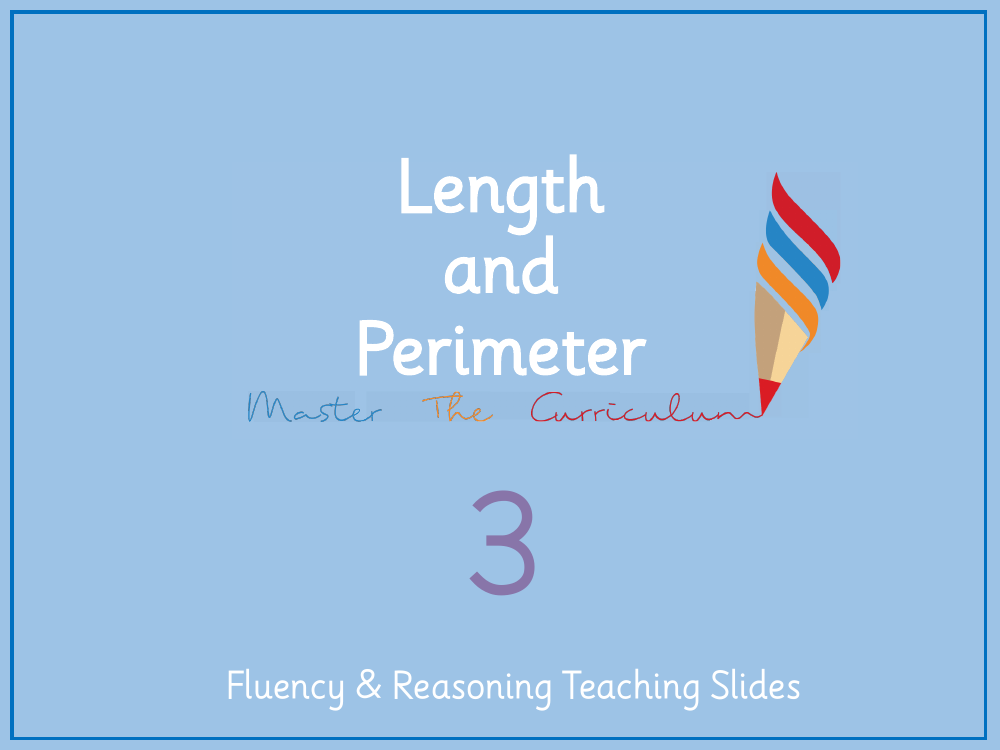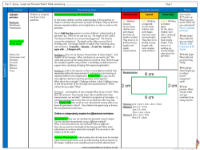Length and Perimeter - Calculate perimeter - Presentation

Maths Resource Description
In today's lesson, students are delving into the concept of perimeter, exploring how to measure the boundary of various shapes. They begin by recalling what 'perimeter' means and discussing different methods to calculate it. The teaching slides prompt students to consider multiple approaches to find the perimeter of given shapes, such as adding the length of each side or using multiplication for regular shapes like squares. For example, a square with a side length of 5 cm can have its perimeter calculated by either adding all four sides (5cm + 5cm + 5cm + 5cm = 20 cm) or by multiplying one side by four (5 cm x 4 = 20 cm).
The lesson progresses to more challenging tasks, such as determining the length of a missing side when the total perimeter is known. For instance, if a rectangle has a total perimeter of 16 cm and one side measures 5 cm, students must use logical reasoning to find the length of the unknown side. Additionally, the lesson includes reasoning exercises that address common misconceptions, such as the idea that knowing the length of one side of a polygon is sufficient to determine its entire perimeter. Students learn that while this is true for regular shapes like squares and hexagons, it does not apply to rectangles or triangles, where multiple side lengths are required. The lesson concludes with independent work where students apply these concepts to calculate perimeters and solve problems involving missing side lengths.




